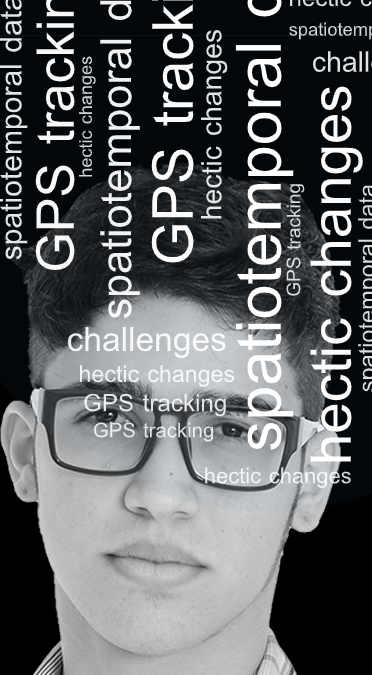Reducing traffic congestion includes innovation
One of the latest approaches to reduce traffic in large cities is the use of the concept of "congestion pricing." So far, this concept is implemented in cities like Singapur, Dubai, London, Rome, Milan, Stockholm, and a few other, smaller cities like Valletta and Riga.
"Congestion pricing" concept is the toll collection model where drivers are charged when using vehicles within the congestion charging zone. So far, in the cities mentioned above, the "congestion pricing" concept is implemented through automatic number-plate recognition. Singapore, with the in-vehicle units in every vehicle, has the most sophisticated solution by now. Singapore is the first city which provides the congestion prediction an hour in advance, and its overall prediction preciseness is around 90%. But even though Singapore has the most sophisticated system, it's still far from being perfect. Infrastructure maintenance is expensive, preciseness is not 100%, and vehicles are charged for entering the congestion charging zone, not for the real mileage driven in the area.
Lately, an entirely new approach to reducing traffic congestion is being developed by the companies within the GPS tracking industry. "Congestion pricing" model based on GPS technology provides pricing policies based on time, distance, and place. In such a system, vehicles are charged based on when, where, and how much they drive. Adaptation to evolving needs in using the "congestion pricing" model for reducing traffic congestion is simple, rapid, and cost-effective. It's easy to add new sections of roads to the toll scheme, and GPS systems allow for around 80% less roadside infrastructure, which consequently minimizes the environmental impact and installation costs. Furthermore, GPS sensors inside the vehicle provide additional different driving information. Authorities could use collected aggregated and anonymous data to improve traffic policies, create a new one, and reduce traffic congestion.
